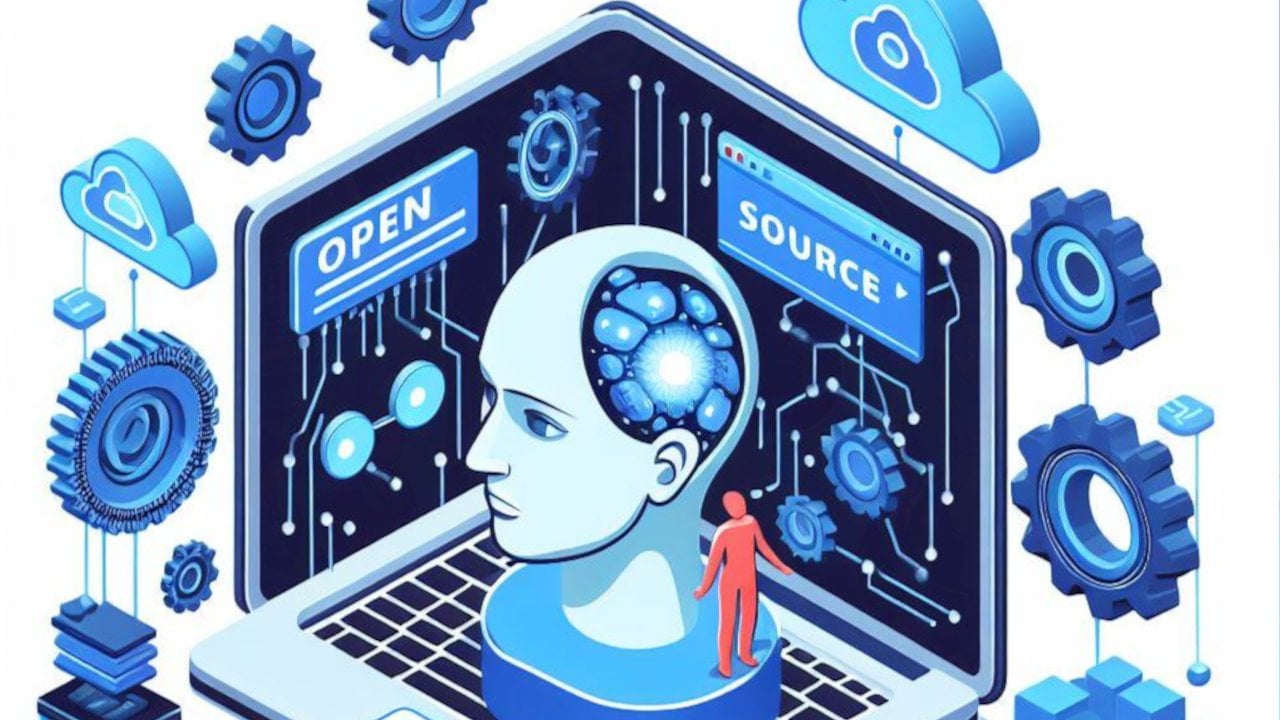AI's Learning Limitations: Promoting Responsible AI Development And Deployment

Table of Contents
Data Bias and its Impact on AI Learning
AI models learn from data, and if that data reflects existing societal biases, the resulting AI system will perpetuate and even amplify those biases. This is the core problem of biased datasets.
The Problem of Biased Datasets
Biased datasets are datasets that do not accurately represent the real-world population or phenomenon they are intended to model. This leads to AI systems that make unfair or inaccurate predictions.
- Examples of biased datasets: Facial recognition systems trained primarily on images of white faces often perform poorly on people with darker skin tones. Similarly, language models trained on text predominantly from one culture may struggle to understand nuances in other languages or cultural contexts.
- Consequences of biased AI: Biased algorithms can lead to discriminatory loan applications, inaccurate medical diagnoses, and unfair hiring practices. This undermines trust in AI systems and exacerbates existing inequalities.
- The importance of data diversity and representation cannot be overstated. A truly representative dataset is crucial for developing fair and unbiased AI.
Mitigating Bias in AI Development
Addressing data bias requires a multi-faceted approach.
- Techniques like data augmentation: This involves artificially increasing the size of the dataset by creating modified versions of existing data points to better represent underrepresented groups.
- Algorithmic fairness constraints: These are techniques that explicitly incorporate fairness considerations into the model's training process, aiming to minimize disparities in outcomes across different groups.
- Adversarial training: This method trains the AI model to be robust against biased inputs, improving its ability to make fair and accurate predictions even in the presence of biased data.
- Human oversight and ethical review are critical components of responsible AI development. Regular audits and ethical reviews can help identify and mitigate potential biases before they manifest in deployed systems.
The Limits of Generalization and Transfer Learning
AI models are often trained on specific datasets for particular tasks. However, their ability to generalize—to apply what they've learned to new, unseen data—is frequently limited. This is a significant constraint in real-world applications.
The Challenges of Real-World Application
The complexities of real-world scenarios often differ significantly from the controlled environments in which AI models are trained.
- Examples of AI systems failing in real-world scenarios: A self-driving car trained on sunny, clear roads might struggle to navigate in snowy conditions or heavy traffic. A medical diagnosis AI trained on a specific population may not accurately diagnose patients from different demographics.
- Current transfer learning techniques, which aim to adapt knowledge learned from one task to another, are still limited in their ability to handle significant differences between datasets.
Improving Generalizability in AI Models
Several approaches can enhance the generalization capabilities of AI models:
- Domain adaptation: Techniques that bridge the gap between the training data and the target domain.
- Meta-learning: Methods that allow AI models to learn how to learn, enabling them to adapt more quickly to new tasks and domains.
- Reinforcement learning: A powerful technique where AI agents learn through trial and error, making them more robust and adaptable to new situations.
- Robust testing and validation across diverse contexts are critical to ensure that AI models generalize effectively to real-world scenarios.
Explainability and Transparency in AI Systems
Many advanced AI models, especially deep learning systems, are often described as "black boxes." Their decision-making processes are opaque, making it difficult to understand how they arrive at their conclusions. This lack of transparency presents serious challenges.
The "Black Box" Problem
The inability to interpret the internal workings of complex AI models raises significant concerns.
- The challenges of interpreting deep learning models highlight the critical need for explainable AI (XAI). Understanding the reasoning behind an AI's decisions is crucial for accountability and trust.
- Opaque AI systems can erode trust, hindering their adoption and potentially leading to unintended consequences.
Promoting Transparency and Interpretability
Efforts to improve the transparency and interpretability of AI systems are crucial.
- Techniques like LIME (Local Interpretable Model-agnostic Explanations) and SHAP (SHapley Additive exPlanations) values provide insights into the factors influencing an AI model's predictions.
- Attention mechanisms in neural networks can offer a glimpse into which parts of the input data the model is focusing on when making decisions.
- Clear documentation and communication about AI systems' capabilities and limitations are essential for promoting responsible AI development.
Ethical Considerations in AI Development and Deployment
The development and deployment of AI raise significant ethical considerations that demand careful attention.
Addressing Potential Harms
AI technologies have the potential to cause considerable harm if not developed and deployed responsibly.
- Examples of AI applications raising ethical concerns include algorithmic bias, job displacement due to automation, privacy violations, and the potential for autonomous weapons systems.
- Responsible innovation requires proactive identification and mitigation of potential harms.
Promoting Responsible AI Development
Establishing robust ethical guidelines and frameworks is essential for responsible AI development.
- Examples of ethical guidelines and frameworks include the OECD Principles on AI, which emphasize human-centered AI development.
- The collaborative effort of researchers, developers, policymakers, and the public is crucial for shaping the future of AI in a way that benefits society as a whole.
Conclusion
AI's learning limitations, encompassing data bias, generalization challenges, opacity, and ethical concerns, necessitate a responsible approach to AI development and deployment. Addressing these limitations requires a concerted effort focusing on data diversity, robust testing, explainable AI techniques, and adherence to ethical guidelines. By prioritizing fairness, transparency, and accountability, we can harness the power of AI while mitigating its potential risks. Learn more about responsible AI development and actively participate in shaping the future of AI by engaging with ethical guidelines and best practices related to AI's learning limitations. Let's work together to ensure that AI serves humanity in a safe, equitable, and beneficial manner.

Featured Posts
-
 Spanish Inflation Slowdown A Signal For Ecb Action
May 31, 2025
Spanish Inflation Slowdown A Signal For Ecb Action
May 31, 2025 -
 Saint Jean De Luz Ameliorer La Gestion Du Retrait Du Trait De Cote
May 31, 2025
Saint Jean De Luz Ameliorer La Gestion Du Retrait Du Trait De Cote
May 31, 2025 -
 New Padel Court Proposal For Bannatyne Health Club In Essex
May 31, 2025
New Padel Court Proposal For Bannatyne Health Club In Essex
May 31, 2025 -
 Deficit De La Foire Au Jambon 2025 La Ville De Bayonne Face A Une Crise Financiere
May 31, 2025
Deficit De La Foire Au Jambon 2025 La Ville De Bayonne Face A Une Crise Financiere
May 31, 2025 -
 Mastering Office Lunch Etiquette 6 Essential Rules
May 31, 2025
Mastering Office Lunch Etiquette 6 Essential Rules
May 31, 2025
